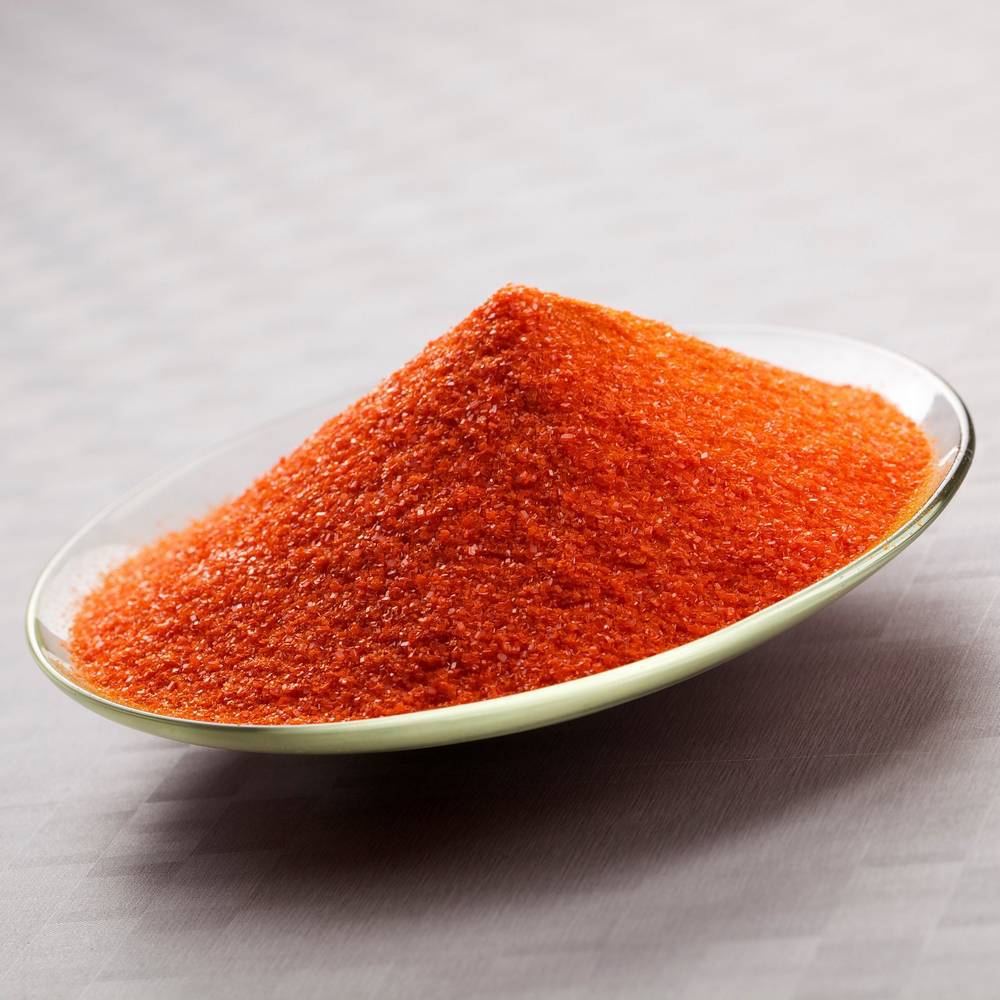
Sodium dichromate, with the chemical formula Na2Cr2O7, is a highly toxic and powerful oxidizing agent composed of sodium, chromium, and oxygen. It has several industrial applications but is known for its hazardous nature.
1. Chemical Properties: Sodium dichromate is an orange-red crystalline solid with a bitter, metallic taste. It is highly soluble in water, and its aqueous solution is acidic.
2. Oxidizing Agent: It is a potent oxidizing agent, meaning it can cause the oxidation of other substances by providing oxygen or removing electrons from them. This property makes it useful in various chemical reactions, including those in the production of chemicals and pigments.
3. Industrial Uses:
- Chromium Plating: Sodium dichromate is used in the chromium plating process to provide a protective and decorative chromium layer on metal surfaces.
- Wood Preservative: It has been used as a wood preservative, particularly in pressure-treated lumber, to protect against decay and insect damage.
- Dyes and Pigments: Sodium dichromate is used in the production of various dyes and pigments, including those used in the textile and paint industries.
- Analytical Chemistry: It is used as a reagent in analytical chemistry for various tests and analyses.
- Laboratory Reagent: In laboratories, it may be used as an oxidizing agent and as a source of chromium in chemical reactions and experiments.
4. Hazards: Sodium dichromate is highly toxic and poses severe health and environmental risks. Exposure to this compound can lead to skin irritation, eye damage, respiratory problems, and even cancer. Its disposal is strictly regulated due to its toxic nature.
5. Environmental Concerns: Sodium dichromate is considered hazardous waste, and its disposal must comply with strict regulations to prevent environmental contamination. The presence of chromium in water bodies can have harmful ecological effects.
6. Regulations: Due to its extreme toxicity, there are strict regulations and guidelines governing the handling, storage, and disposal of sodium dichromate. Occupational safety measures are essential for those working with this compound.
7. Alternatives: In many applications, sodium dichromate has been replaced by less toxic and environmentally friendly alternatives due to its health and environmental risks. For example, trivalent chromium compounds are often used in place of hexavalent chromium compounds like sodium dichromate.
Sodium dichromate is a chemically powerful but hazardous compound with various industrial applications, especially in the metal plating and chemical industries. Its toxic nature necessitates careful handling and disposal, and efforts have been made to find safer alternatives in many applications.
